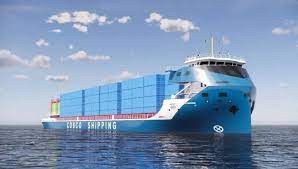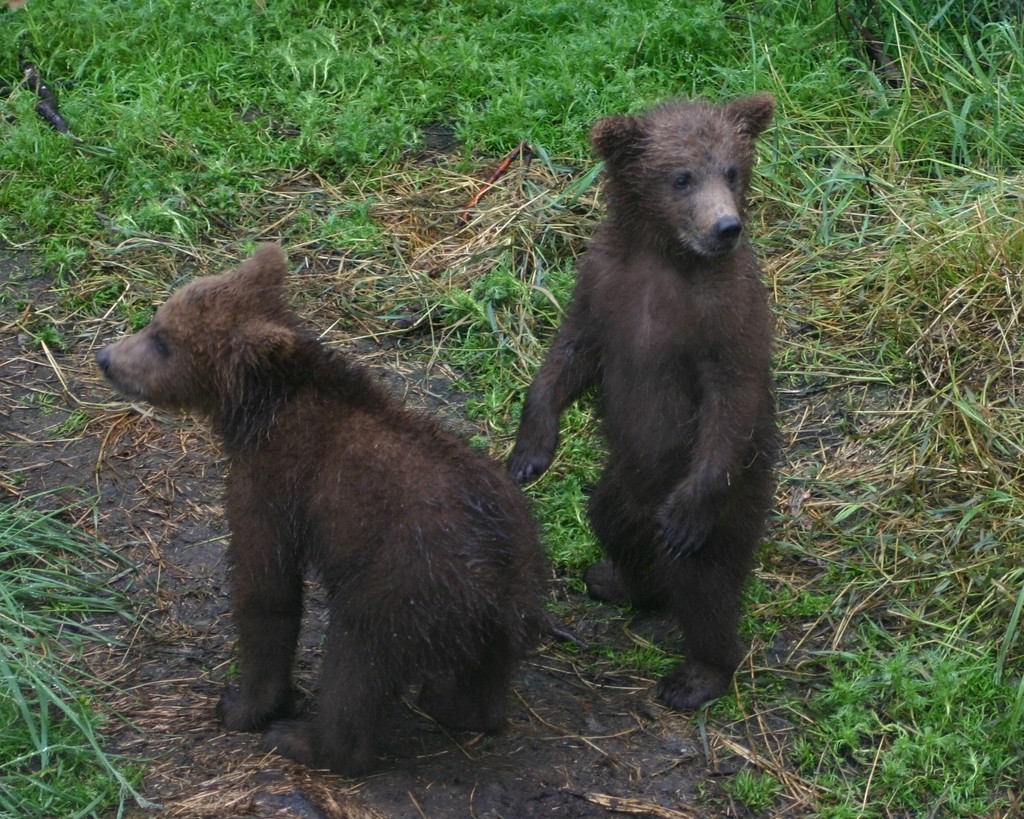Arguments against electric cars continue, from suggestions that the range they have is not high enough, the batteries do not last long enough, they are worse for the environment, they will break down too much or there isn’t enough choice as well as many more.
Are Climate doomers replacing climate deniers? Unacceptable
Climate change deniers are those people who, no matter what the evidence there is, deny that the world is warming. These people are frankly idiotic, with the childish equivalent is 2 toddlers arguing over the colour of a building brick. Scientists all agree that the world is, on average, getting warmer – it is, your opinion is not relevant. Increasingly, this is belatedly understood. Now it is only extreme groups (like Prageru) can possibly continue to deny the fact that the world is warming. There are likely to remain fools who continue to deny that the world is warming – in the same way there are people who believe that the world is flat. We need to act now, we cant wait for 500 years more, for denialists to believe it.

“You have adapted a bunker mentality” letter to Rishi Sunak
Now that the dust has settled, lets have a look at the whole Greenpeace debacle and what it is going to mean in the future in the UK.
This was started by Greenpeace engaging in a public protest at Rishi Sunak’s mansion. The reason that they went to his house, is that he is the UK prime minister.

Ozone layer hole early – Antarctic sea ice in danger?
The fear is that, with the Tonga eruption, this larger than normal hole might do extra damage to the vast store of ice on Antactica.

Why is this concerning?
Well, given the Antarctic and the Greenland icesheet has enough ice to raise sea levels by 65m worldwide. This means a 5% melt in Antarctica would raise sea levels by several meters (even without any melting of Greenland at all).
This quantity of sea level rise, would threaten cities such as Shanghai and London, to large parts of Florida and Bangladesh to total nations that would be wiped out, such as Maldives.
This means that while it may well take a century and increased carbon emissions for all of the ice at the poles to melt, it could threaten human populations long before this occurs.
Around 410 million people on earth live within just 2m of the height of the sea. This is roughly 5% of human population. Currently, there are issues with just 2% immigration into the UK. A sea level rise of 2m would likely trigger an order of magnitude more to move here, Western Europe, USA and other countries. We are all going to be hit hard, but some far harder than others.
Serbian wildlife crime a potential threat to its continual survival in the country
Off on our annual holiday
We are off, traveling in Europe. By the time you read this, we should be deep in the wilds of the northern Italian Alps, and with any luck will have spotted some bears or wolves.
We will be back in about 12 days when things will continue. Hopefully with plenty of stories to tell
Colorado river lost 10 trillion gallons of water since 2000
Climate change effects are not restricted to the third world (though very often the impact is felt more harshly here).
In the USA the volume of water in the Colorado river has fallen by the volume of lake Mead in 23 years – this is the equivalent of 15 billion Olympic sized swimming pools. More than 40 million people rely on this river for their water – along with millions of acres of farm land.
Despite the drought that has hit the area, scientists have calculated that the water loss would not have had anywhere near the effect without the human caused climate change.
This may simply be early signs of things to come in the USA
Amazon deforestation has fallen over 60% since last July
Great progress is being made in slowing rainforest destruction in Brazil with great falls in the last year. It is true that this rate needs to fall to zero in the near future, but great progress is being.
A lot of this progress is as a result of the end of the Bolsonaro regime, and could swing back should a similar person come to power.
However, what is clear is that if the Amazon reaches a tipping point and starts to dry out, it will rapidly die, and at this point there is unlikely to be enough rain for the regions croplands to remain (the crops will no longer grow as a result of the lack of rain).
It is essential that the rest of the world invests heavily in this region, in order to give a clear alternative to soy and cattle rearing in order to earn a living.
Battery powered freight ships
There are a great number of different sectors which need to be tackled if we are to move towards net zero as a world. One of the hardest is the ships that transverse the world oceans, allowing the global economy to run. Is this finally an area which cuts will be possible?

Many sectors of the global economy have been fully sorted – or at least solutions exist which will take carbon to zero over time – I will include a quick overview below, but for the rest of the article look below the bullet points:
- Power- it is (in most of the world) cheaper to scrap a standing coal powerplant and replace it with brand new solar and wind, than to continue to use the coal. While replacing coal with gas does lead to a reduction in emissions, it is not enough, and this too is more expensive to run long-term. Letting go of gas will be harder, as it will require very large batteries to replace gas as the base load – but economics as well as global warming are rapidly changing this too.
- Agriculture- many of our current methods for agriculture have high emissions, however through a variety of methods, it is predicted that this sector can rapidly move to net zero. From additives in cattle diet (made from seaweed) which vastly reduce methane production) to less fertilizers, and spreading various rocks on the land which will lock carbon into the soil (good for climate change and the farmers yields), as well as electrical equipment, solutions exist, we simply need to use them (they are too expensive currently for parts of the world, but prices are coming down.
- There are other areas, like fugitive emissions, which need to be dealt with, and industries like cement (currently emitting aound 3%) where new ways of making it can vastly drop its emissions. Also around 2% currently comes from deforestation – this needs to stop and be reversed by trillions of trees being planted worldwide (this must use local trees, both to avoid unintended side effects, and to make sure new forests support local fauna)
- Transportation accounts for much of the rest, at roughly 30% of human emissions, and 72% of this (around 21% of human emissions) is road transportation. Now, while much infrastructure is needed for electric vehicles to work, electric cars lorries and buses are all incredibly successful. The industry is in its relative infancy compared to combustion engine vehicles, but its incredible simplicity, as well as its instant savings mean that in almost all the world they would already give savings over the lifetime of the vehicle.
Much of what is left is the last 9% or so which is used in transportation. Air transport accounts for around 3% currently, but is a hard place to decarbonize as it is such an energy intensive process, though many companies have passenger jets for journeys are to 500 miles coming in the next decade.
This leaves sea transportation. Much of the worlds freight goes by sea. It is far cheaper (in most instances) to make lots of a product in one location in the world and then ship it to where it is needed. Currently this is highly polluting, but progress is being made here too.
COSCO electric container ship is one of the first to hit the market. Powered by 2 900kw propulsion motors, it reduces carbon emissions by 32 tonnes every 24 hours. Powered by a battery unit (housed in 20-foot containers) which has a capacity of 50mwh or 50000kwh). These containers are easily swappable, which means in places like a river where swapping them out is relatively easy, they are ready to replace all other freight and given the huge savings are likely to relatively quickly.
These ships will be able to run on full power for around 24 hours. Given that container ships tend to travel at around 20 knots (37km per hour or 22 miles per hour) this is a rang of around 500 miles. If the swapping of this battery can be done quickly, the travel along the coast should be able to able to continue relatively quick, particularly if these battery swapping stations can be stationed as near the shipping route as possible.
Now this container ship takes around 700 containers, which suggests to me, that you could put in say 10 container batteries, barely reduce the capacity and allow this same ship to cross the Atlantic and more. Now 700 containers is a small container ships with some carrying 7 times as many. A 5000 container ship takes 1.5 -2 million gallons of oil, 1 gallon weighs about 3.3kg, so we are talking 5000 tonnes at the lower end, that means that even on our smaller shop we are talking 500 tonnes of oil, 10 batteries has to compare favourably.
If well made and competition arrives soon, it is likely that these ships will arrive surprisingly fast, as the advantage to companies using them will give them to great an advantage over competition, requiring extremely rapid adoption.
A flurry of wolves born in California: are they making a comeback?
Grey wolves from Oregon now appear to be thriving in California (where they disappeared from about 100 years ago).

Wolves have never been reintroduced to California, instead they were returned to Yellowstone, re-entered Oregan back in 1999, and then entered California in 2008.
Short of a sudden sustained assault on their numbers, they are back in California and are likely to multiply over the next few decades to take back up their position as apex predators. This should not be feared in any way, with sensible management, it could end up benefiting California, with healthier ecosystems, less car crashes caused by wildlife amongst many other benefits.

